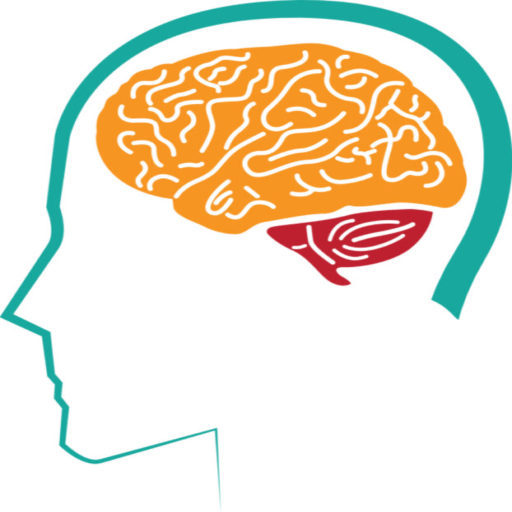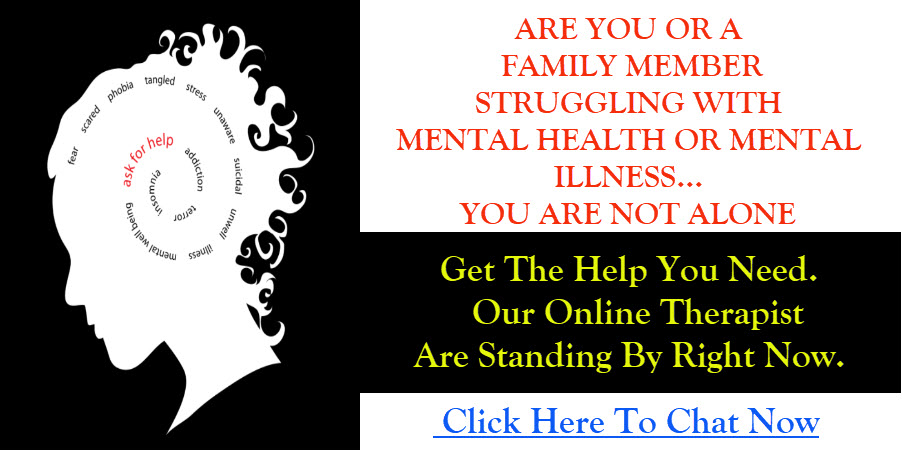Mental Health Illness Is On The Rise
Where is the problem at? Mental illnesses can be caused by a variety of factors, including genetics, brain chemistry, trauma, and other stressors. Treatment for mental illness often includes medication, counseling, and support groups.
Many people with mental illness lead happy, productive lives and are active members of their communities. However, many others do not receive the treatment they need because of stigma and misconceptions about mental illness. These individuals suffer quietly, are often discriminated against, or even isolated from friends and family due to an undiagnosed condition. We must work together to raise awareness about these diseases, overcome the stigma associated with them, and let those who suffer know that they are not alone.
Serious mental illness includes conditions that significantly interfere with an individual’s ability to function in major life activities such as employment, education, housing, or relationships. These illnesses often result in disability and premature death. Major types of serious mental illness include schizophrenia, bipolar disorder, major depressive disorder, and posttraumatic stress disorder (PTSD). Mental health is an important part of overall health, and mental illnesses are medically recognized as the fourth leading cause of disability worldwide.
13 Shocking Mental Health Statistics From 2021
Mental illness and substance abuse problems are unique to each person who suffers from them. No matter your situation, there’s no such thing as a typical mental health problem or diagnosis. It’s tempting to generalize or make assumptions, but facts vary, and these situations may impact you long-term. In the United States, mental health has deteriorated across all age groups.
While this is due to several causes, one fact stands out: Many individuals fail to obtain the treatment they require because of stigma and lack of access to care. Many people are avoiding getting the therapy they need because of stigma and restricted access to treatment.
Time and effort have been spent to reduce mental health stigma and make these discussions “acceptable.” Today, as COVID-19 has influenced each one of us in our unique way, conversations about mental health are becoming increasingly prevalent, and more individuals are seeking assistance.
These statistics can help you better comprehend what mental health and substance use issues may look like in 2021:
- Anxiety is the most common mental disease, affecting approximately 18.5% of people worldwide and nearly 20.7% of adults in the United States. Almost every fifth adult has a mental illness (19%). It is most likely someone you know suffers from a clinical disorder at some point in their life, which causes significant worries and affects how we think, feel, and interact with others.
- In the United States, approximately 22.2 million people (7.67 percent of adults) had a substance use problem in the last year. In the past year, 2.87% of Americans have had an illicit drug misuse issue. 5.74% of Americans have an alcohol abuse problem in the previous year.
- 4.35% of adults report having had serious thoughts of suicide. Over 10.7 million people have serious suicidal thoughts – a rise of almost 460,000 individuals from the previous data set.
- 13.84 percent of children (age 12-17) have suffered at least one major depressive episode during the past year.
- If a child’s depression is not treated, it is more likely to persist into adulthood. The number of young people who have MDE has increased by 206,000 since the previous year’s data.
- Between 5.9 and 9.7 percent of children (or over 2.3 million kids) suffer from severe major depression. Depression in youngsters is often linked with additional problems such as drug or alcohol abuse, anxiety, and antisocial behavior. The number of teenagers with Severe MDE increased by 126,000 from the previous year’s data.
- 75 percent of all mental illness occurs before the age of 24, and half of it begins by the age of 14.
- Depression costs the United States approximately $210.5 billion each year.
- The typical gap between the onset of mental illness symptoms and treatment is 11 years.
- The second leading cause of death in ages 10-34 is suicide.
- Believe it or not, most people suffer from mental health conditions at the same time. Depressive illnesses, in particular, are frequently associated with drug and anxiety problems.
- More than 70% of juvenile offenders have a diagnosed mental illness, according to the American Psychiatric Association.
- The suicide rate of transgender individuals is 12 times greater than that of the overall population.
- Anxiety disorders, which affect 40 million people (18.1 percent of the population), are the most prevalent mental illnesses in the United States.
Everyone is affected differently by mental illness and substance abuse issues, and knowing when to seek assistance for oneself or provide support to someone else is a crucial first step in reducing these statistics.

